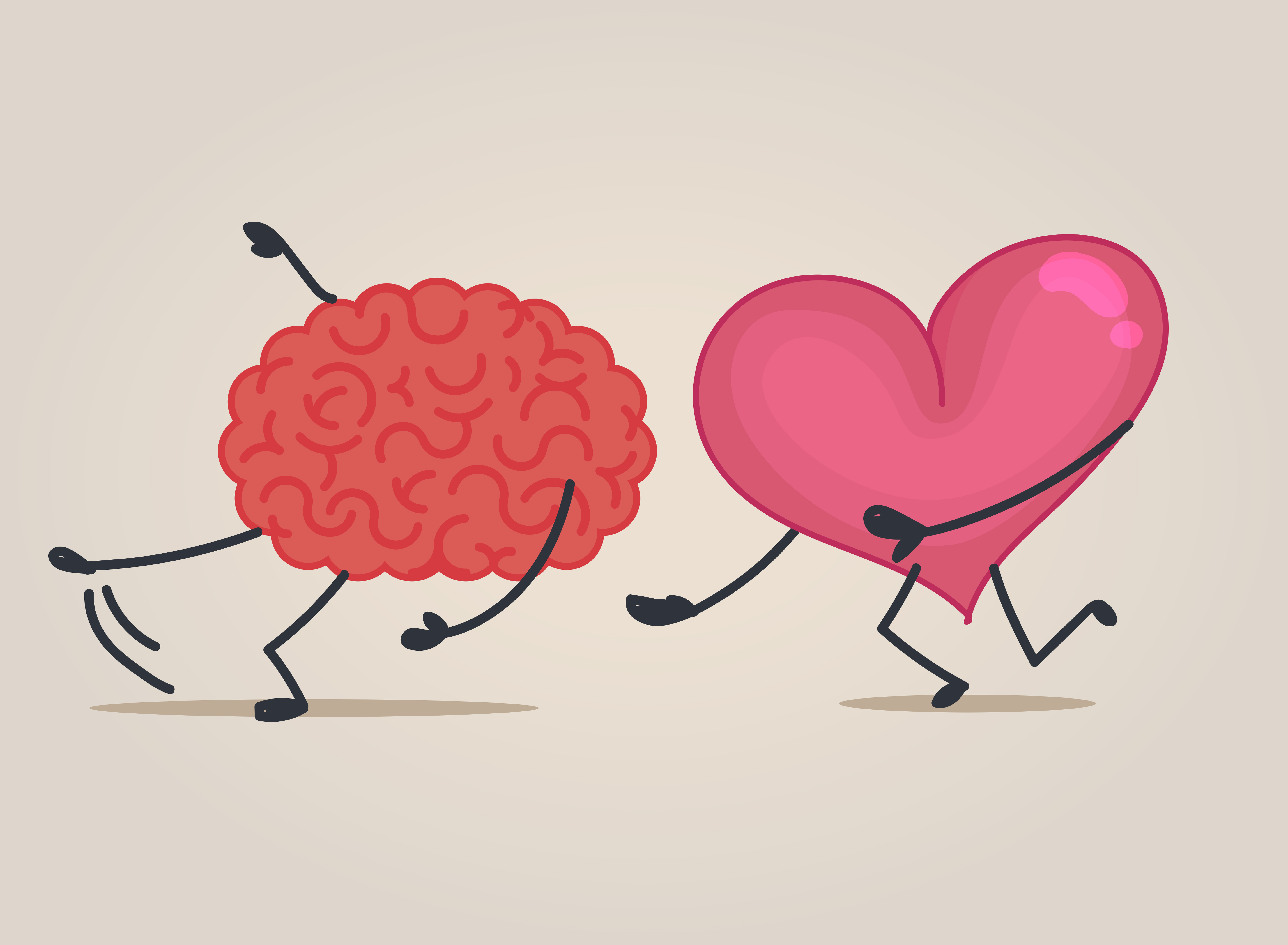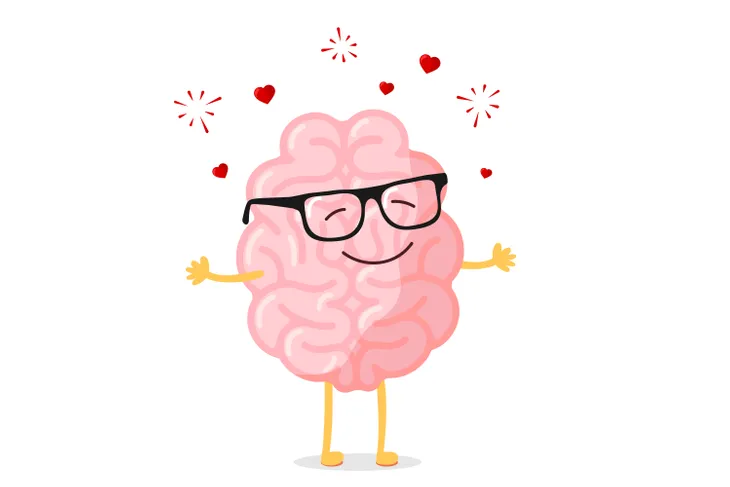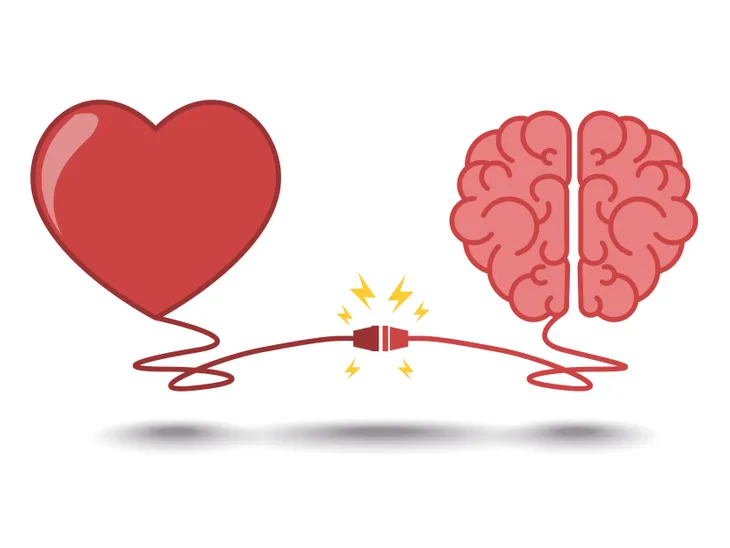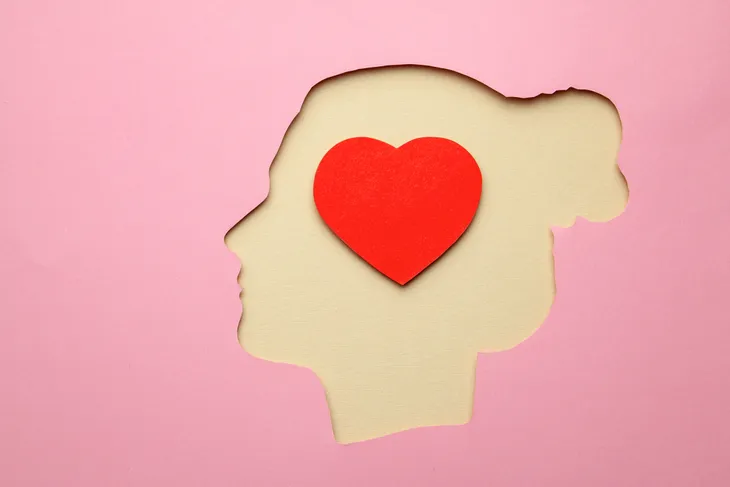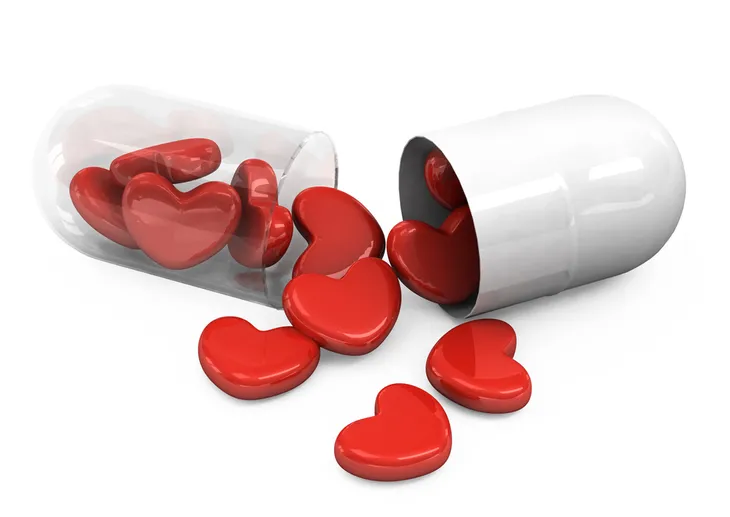When it comes to falling in love many of us follow our hearts as opposed to listening to what our brains have to say about choosing a mate. However, the actual act of falling in love with another human being has much more to do with the brain then the ol’ ticker. After all, feeling love, arousal, and attraction for another person is a chemical response initially triggered by the brain.
With Valentine’s Day, the day for lovers, fast approaching, let’s give the brain it’s just desserts (as sinfully delicious as they might be) when it comes to assisting all matters of love…
1. Falling in Love: The Chemical Response
You might have very well felt the sweat on your brow, a tickle in your groin, a warm flush to your face, and a shot through the heart when you first laid eyes on your amour, but that initial “love at first sight” feeling is actually thanks to a chemical response triggered by the brain.
According to psychologists at Atlanta, Georgia’s Emory University School of Medicine, when you first meet eyes with the man or woman of your dreams across a crowded room, the brain emits three essential chemicals—dopamine, oxytocin, opiates, as well as a few others, which make you feel struck by Cupid’s arrow.
2. Dopamine: The Arousal Chemical
Famous neuroscience researcher, Helen Fisher, devoted her academic career to examining what goes on in the brains of humans who fall in passionate, romantic love. She found that the first ingredient in the love elixir is dopamine, a brain chemical that triggers feelings of exhilaration, pleasure, and excitement (and is also emitted after sex and when doing recreational drugs, like cocaine).
A study published by the National Institutes of Health, conducted on both mammals and birds, determined that romantic attraction is guided by a dopaminergic reward system. Using functional magnetic resonance imaging (or fMRIs), scientists monitored the arousal, sex drive, and romantic motivations of 17 people “in love,” and found that attraction to the object of affection was initially experienced in the right ventral tegmental area and right caudate nucleus, both dopamine-rich areas associated with mammalian reward and motivation.
3. Oxytocin: The Cuddle Bug Chemical
Oxytocin, no I don’t mean oxycodone (the pain relieving drug), has been dubbed the “cuddle hormone” and the secret to enduring love by psychologists at Israel’s Bar-Ilan University, for very adorable reasons. Oxytocin is the same chemical emitted by mother and child during the initial bonding period.
However, oxytocin is also released between romantic partners. Research, published by Bar-Ilan University psychology professor, Ruth Feldman, in the journal Psychoneuroendocrinology, notes that, “When couples fall in love, the increase in oxytocin is at the highest levels we’ve ever found.” Dr. Feldmen says that newfound lovers release 50-percent more oxytocin compared to pregnant women.
4. Opiates: The Warm-Fuzzy Chemical
Opiates—yes, the same brain chemicals released when we’re having sex or taking drugs (i.e., heroin)—result in a comfortable, safe, warm-fuzzy sort of feeling, according to psychology studies from Emory University School of Medicine, in Atlanta, Georgia.
Along with oxytocin (the bonding ingredient) and dopamine (which arouses excitement), opiates are the final element that trigger our brain’s reward system and zeroes us in our love interest—with a series of visual (sight), auditory (sound), and olfactory (or smell) cues.
5. Adrenaline: The Love Struck Chemical
The term “love struck” can be explained easily by the neurotransmitter adrenaline, according to Dr. Reginald Ho, a cardiac electrophysiologist at Philadelphia’s Thomas Jefferson University Hospital. Feelings of love trigger a stress response—causing adrenaline and cortisol levels to spike.
For instance, a pending date with a newfound love might cause your heart to race, your palms to sweat, your mouth to become parched, and your face to flush. Or the first glimpse of a new beloved can send your heart into pitter-patter mode when the brain causes the adrenal gland to secrete adrenaline (and epinephrine and norepinephrine) into the bloodstream.
6. Serotonin: The Smitten Chemical
You can’t forget about serotonin when it comes to a thoughtful love connection, claims Helen Fisher, a professor at Rutgers University, who studied the biochemical pathways of love in all manifestations (romance, lust, attachment, etc.).
Fisher points out that this important chemical keeps your thinking about your lover—and often neglecting everything else. A supporting Italian study, published in the National Institutes of Health, conquers that love impacts the serotonin system by causing serotonin (5-HT) levels to drop and obsessive, neurotic, obsessive-compulsive thinking about your lover to take over your brainwaves.
7. The Law of Attraction
Sure, the “law of attraction” certainly sounds romantic, but organic chemists at the University of Pennsylvania’s Monell Center prefer to measure love quantitatively—linking that rare feeling of love to a reward system in the brain, one that’s specifically wired to draw us to potential mates.
While animals rely on pheromones for mate selection—scientists claim humans rely on a chemical release (of oxytocin, dopamine, and opiates) that enters the body via the nose and activates the amygdala and hypothalamus areas of the brain, which stimulate feelings of emotion, attraction, and sexual arousal to another human.
8. Love is a Drug
It turns out that comparing love to a drug or a type of addiction isn’t that far off, according to neuroscientist, Dr. Stephanie Ortigue, the co-author of a 2010 study on the neuroscience of love, who determined that love can occur in just one-fifth of a second.
This “love at first sight” phenomenon is really a mixture of euphoria-inducing chemicals (oxytocin, dopamine, opiates, and adrenaline) in the brain that hit us like a stab of Cupid’s arrow or a drug (like cocaine).
